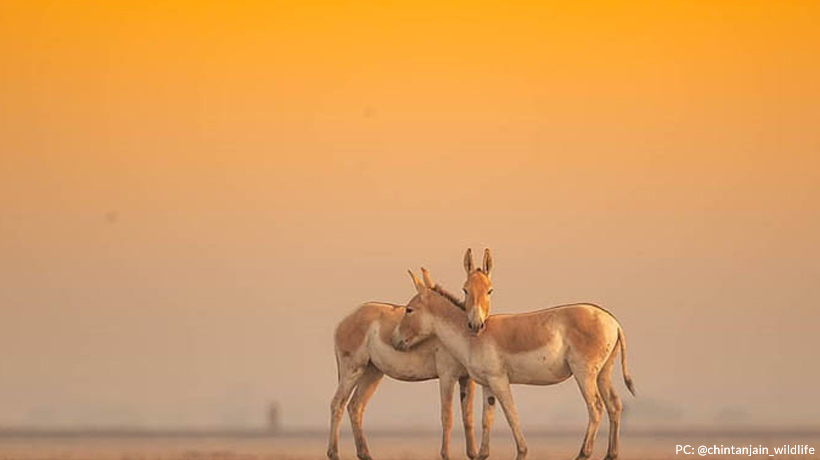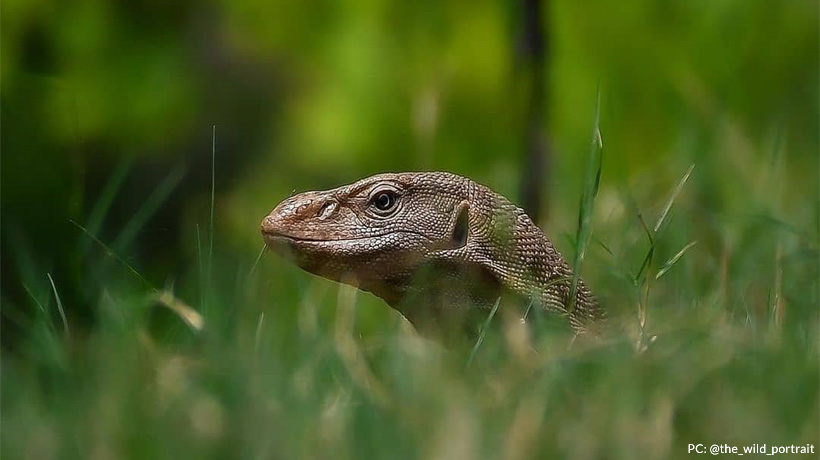Indian Wild Ass Sanctuary is located in the Little Rann of Kutch of Gujarat. It is the only place where one can discover the Indian wild ass throughout the country. This wildlife sanctuary was established in 1972 and later it was embodied under the Wildlife Protection Act, 1972. Located 170 kms from Ahmedabad, Wild ass sanctuary is one of the largest wildlife sanctuary in the country that encompasses an area of about 4953 square kms and covers a considerable portion of Kutch. Commonly known as Gudkhar and Khur, this Indian Onager can be easily spotted in big groups in the vast span of saline desert throughout the year. International Union for Conservation of Nature (IUCN) has categorised the Indian wild ass as the Near Threatened species.
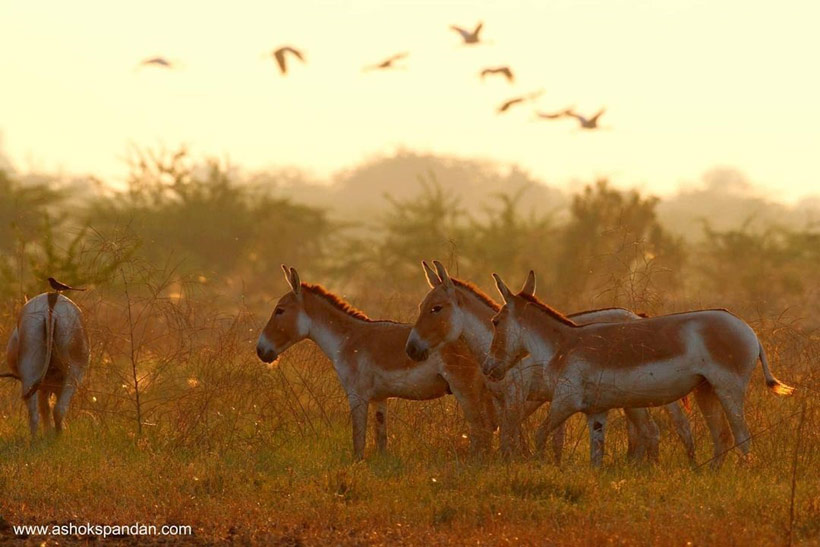
The Habitat of Indian Wild Ass
The Indian Wild Ass is different from that of the African Wild Ass. The habitat of Indian Wild Ass once extended from western India, Sindh, Baluchistan, Afghanistan, & South-Eastern Iran but now, the little Rann of Kutch is known as the last Refuge for Gudkhur. It is one of the fastest mammals of India that can speed up to 70-80 kms/hr.
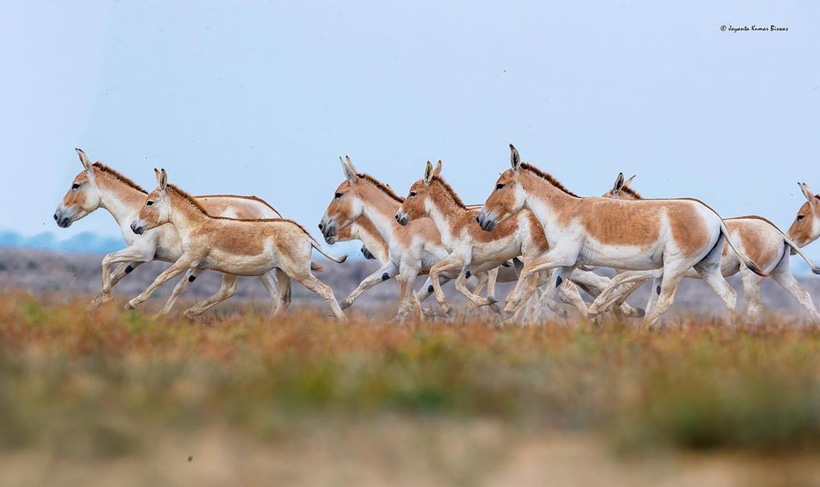
Behavior of Indian Wild Ass :
The mating season for Gudkhurs is the Monsoon season, when many stallions battle and compete amongst themselves for mating with the best Mare of the herd. After that, a mating pair differentiates itself from the herd for some days and then returns back to the herd & the Mare gives birth to the one Foal. The male foal seperates itself from the herd after completely developed as a Stallion and then lives either in solitude or in small groups of 2-3 stallions. Whereas the Female foal continues to live with the large Family Herds. They generally feed on grasses, leaves, plant fruits and even saline vegetation.
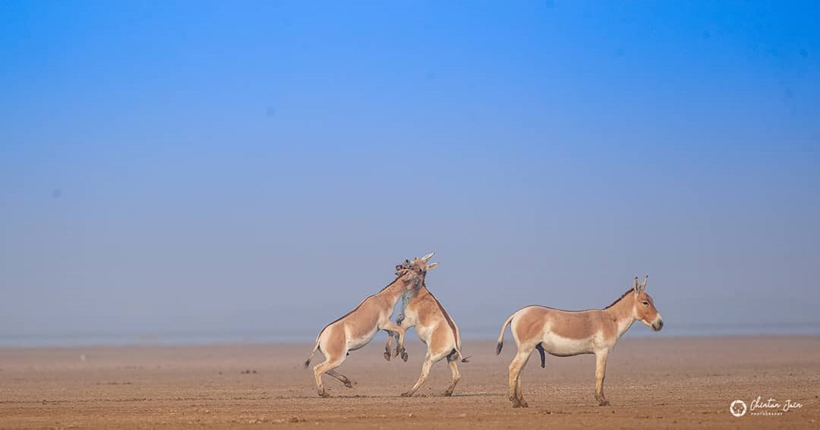
What else can you see in the sanctuary ?
Other than wild ass, the sanctuary is home to a variety of mammals including the Nilgai, Indian wolf, Indian Fox, Indian striped Hyena, Jackal, Wild Boar, Desert cat, etc. The sanctuary is also home to several Invertebrates, Amphibians and Reptiles. The ecosystem also serves as a haven to birds like Sandgrouses, Demoiselle cranes, very rare Lesser Florican, Greater Hoope, European Roller, greater & lesser Flamingos, Ibis, Sarus Cranes, Godwits and Pelicans; thus the sanctuary serves as an eye-treat to the bird watchers.
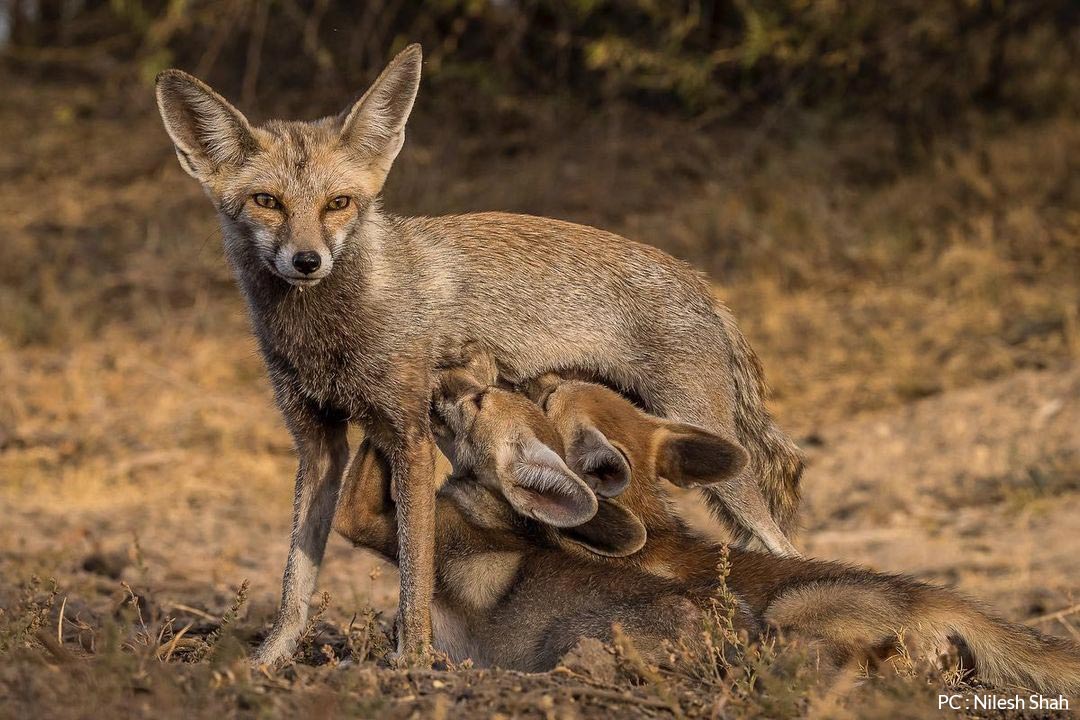
Biodiversity Conservation and Threats :
Owing to the uniqueness of the area and the existence of rare and endangered species, the Biosphere Reserve of this sanctuary is acclaimed as a UNESCO World heritage site. But one of the Major Threats to the species is the illegal ‘SALT PANNING’ in the area, due to abundance of the salts. Salt Panning is the activity in which salt evaporation ponds are created artificially where a shallow salt pan is designed to extract the salts from the sea-water. The Rann of Kutch is the largest salt pan in India and it supplies around 25% of the salt requirement of the country.
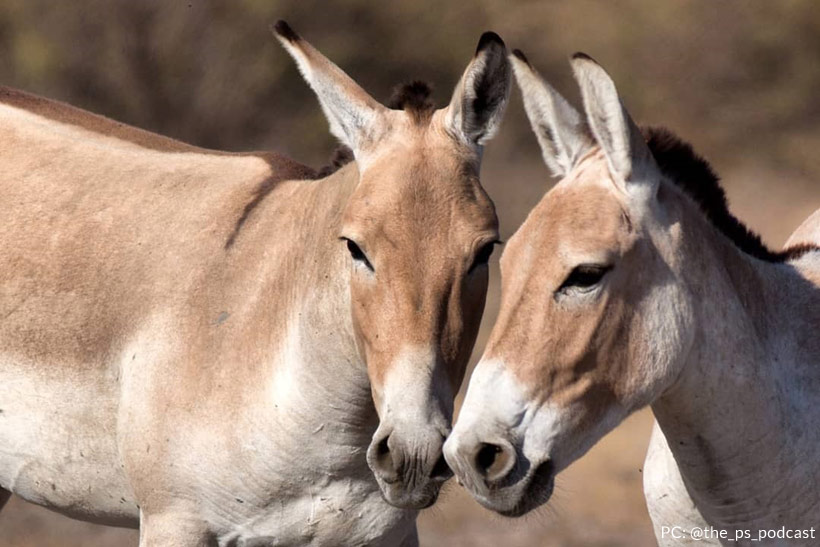
Surrounding the Sanctuary :
The tribes like Rabari & Bharwad live in this sanctuary. One can only see the White Horizon, until the dusk takes over the sky. The sanctuary and its surroundings are among the venue of the most important cultural event of Gujarat- that’s Rannotsav. This colorful celebration is a major tourist attraction in Gujarat.
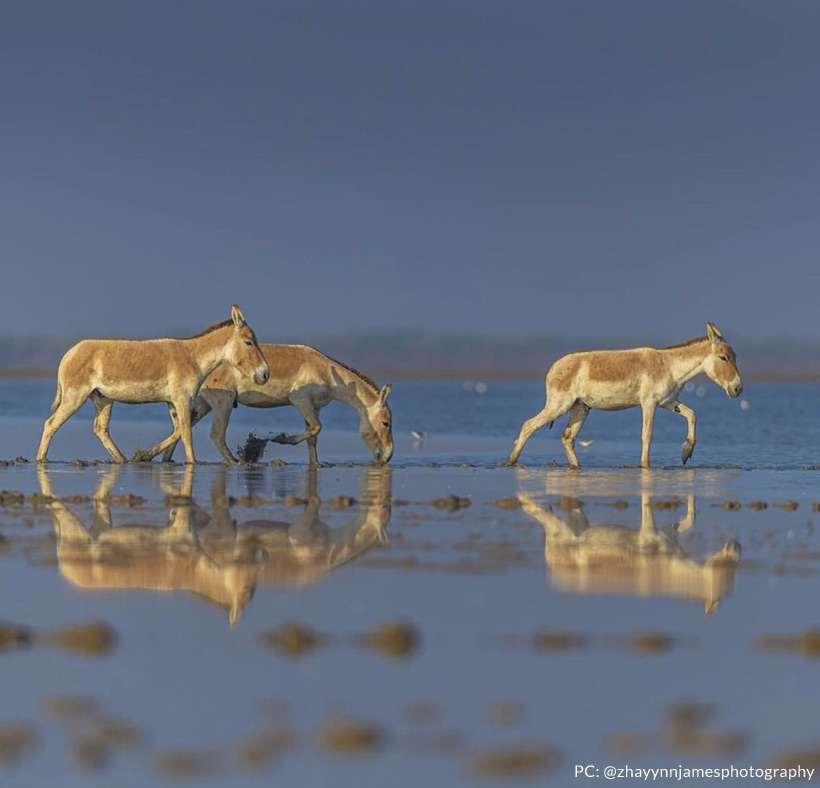
With the arrival of the monsoon, the landscape changes surprisingly, when the entire sanctuary area is filled with shallow freshwater. This shallow water offers a vast feeding ground to migratory birds, fish, & invertebrates that gives you an unforgettable experience. During monsoon, the whole extent remains flooded for about a month and one can only view the dotty islands/ elevated plateaus which are locally called as ‘Bets’. These bets are covered with lush green cover of grasses, that nourishes the animals in and around the Indian Wild Ass Sanctuary.

